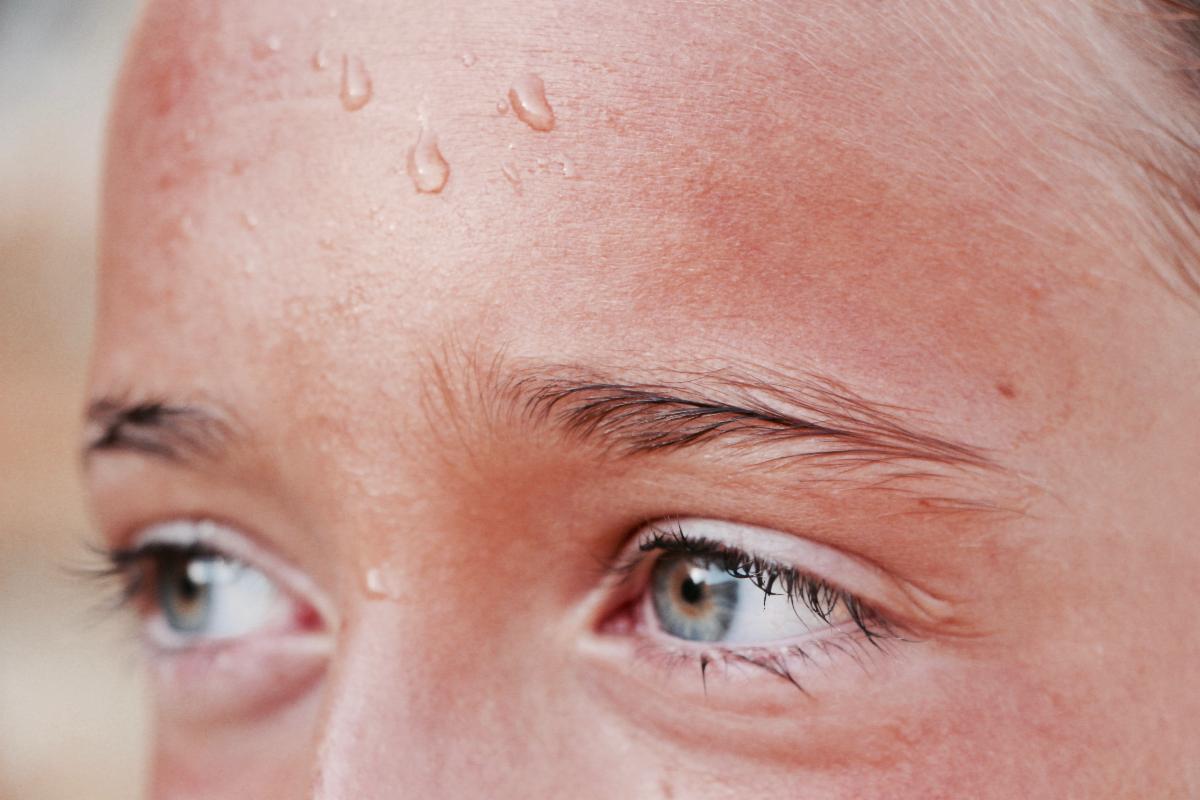RESEARCH WEEKLY: Life expectancy in bipolar disorder

By Shanti Silver
(November 1, 2023) Bipolar disorder is a mental illness characterized by alternating periods of depression and mania or hypomania. The disorder is estimated to impact more than eight million people in the United States. People with bipolar disorder have a life expectancy that is 12 to 13 years shorter than that of the general population.
This shorter life expectancy appears to be due to elevated rates of death from both natural and unnatural causes. For example, people with bipolar disorder are almost twice as likely to die from circulatory diseases, such as heart attacks and strokes, and three times more likely to die from respiratory illnesses, such as COPD and asthma. People with bipolar disorder are also 13 times more likely to die from suicide and four times more likely to die from violent deaths, including accidents and homicides. Several recent articles have further explored reasons for this decreased life expectancy, including elevated rates of substance use, tobacco smoking, and suicide attempts.
Cardiovascular, circulatory, and respiratory disease
People with bipolar disorder are more likely to die from cardiovascular, circulatory, and respiratory diseases than the general population. When these deaths occur, they often also occur younger than they do in the general population. For example, deaths caused by cardiovascular disease among people with bipolar disorder occur 17 years earlier than they do among the general population. Factors that contribute to the higher prevalence of these diseases include the elevated prevalence of substance use (56%) and tobacco smoking (45%) among people with bipolar disorder. Tobacco smoking and substance use can both cause damage to organs and contribute to the development of many diseases.
Suicide attempts and deaths from suicide
People with bipolar disorder also attempt suicide at a rate 30 to 60 times higher than the general population. Approximately 34% of people with bipolar disorder attempt suicide at some point in their life, while 15-20% of people with bipolar disorder die from suicide. People with bipolar disorder who are male, white, younger than 35, older than 75, living alone, divorced, or unemployed are among the most likely to die from suicide. People with bipolar disorder who have episodes where manic and depressive symptoms exist simultaneously are also at an elevated risk of suicide attempts.
Interventions to improve life expectancy
To mitigate the risk of cardiovascular and other health conditions, evidence suggests that lifestyle interventions that include physical activity classes, dietary recommendations, and help with smoking cessation are effective at reducing the risk of cardiovascular disease among people with serious mental illness. To manage suicidality, one review of the literature recommends early interventions that include regular suicide risk assessments. The emphasis on early intervention is especially important, given that people with bipolar disorder do not receive a diagnosis or treatment until nine years after their first depressive episode, on average.
References
- Nierenberg, A., et al. (October 2023). Diagnosis and Treatment of Bipolar Disorder.JAMA.
- Chan, J. K. N., et al. (2022). Life expectancy and years of potential life lost in bipolar disorder: systematic review and meta-analysis.The British Journal of Psychiatry.
- Daumit, G. L., et al. (2020). Effect of a Comprehensive Cardiovascular Risk Reduction Intervention in Persons With Serious Mental Illness: A Randomized Clinical Trial.JAMA Network Open.
- Hayes, J. F., et al. (2015). A systematic review and meta‐analysis of premature mortality in bipolar affective disorder.Acta Psychiatrica Scandinavica.
Shanti Silver is a research associate at Treatment Advocacy Center.




